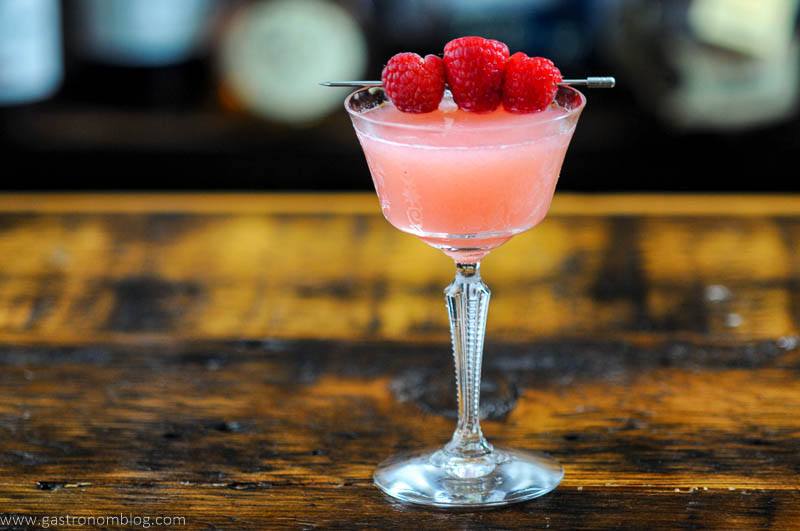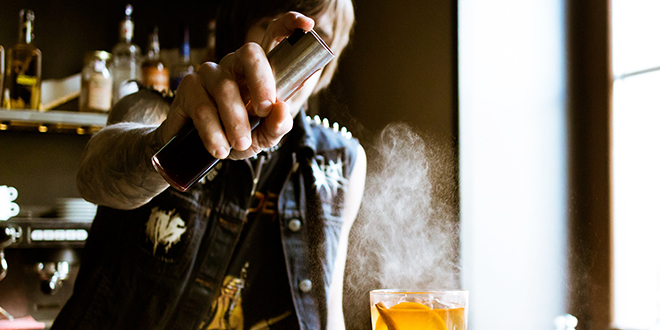
Bartender success depends on having a good grasp of bartender slang. Bartenders can use some very clever and funny slang. Others terms can be more serious. The right language can make it easier for a bartender understand what the customer wants.
Bartender slang often uses the term "shot" to refer to drinks served in small glasses. These "shots" are usually served without food. They are made with hard liquors like vodka and Bourbon. Some "shots" are used as a part of a drinking game. This drink is often used to get drunk quickly. These drinks are usually served as part of a special occasion.
Chaser is a drink you have after you've had your shot. The term "chaser" originally meant to have a small amount of alcohol to reduce the aftertaste. It is also used to mean a small amount of liquid.
In the 1800s, the term "taking a shot" was used to refer to taking a risk. In the mid-19th Century, "shots" was served in glasses and cups in taverns as well as coffeehouses. Today, "shots" are most commonly served in a game.

"Buy Back" is a drink that is complimentary to a patron. A regular customer may send the drink to a local bar where the bartender prepares the drink and returns the drink back to the customer. This is a great thing because the bartender doesn't have to spend money on the drink.
"Sour beer" is a term that has a wide range of meanings. It can mean beer that is sour, such as gueuzes. It can also refer to beer that has not been filtered, such as American wild ales and Berliner weisses. It can also refer beer that has been aged, as in lambics. These terms are very popular with beer geeks.
Speed rail liquors can be found easily because they are placed in a certain order on the shelf. These liquors, while not considered premium, are extremely alcoholic. Bourbon, vodka (or vodka), rum, rum, and brandy are some the most commonly ordered liquors on speed rail. These liquors are not the best, but they are most frequently ordered.
A "spec" is a cocktail recipe. It can refer to a particular recipe, or it could simply be a description. You can also use it to describe how many ingredients are in a cocktail.
A "drain pour," is a drink that is poured from a glass. Drinks that are "neat", or poured directly from the bottle into glass with no ice, would be called "drain pour". A Martini that has very little vermouth is called a "dry" drink.

Bartenders use the term "Last-Call" to refer to drinks made directly out of the bottle. A drink served "neat," would be at room temperature with no ice. A "drink" is a drink that is not served with ice.
A "behindstick" is a term that describes the bartender who works behind the counter. It may have originated from wooden handles on beer taps. However, it is not a word that is used in all bars.
FAQ
Can I freeze my beverages?
You can, but you should be careful. Be sure to label your bottles so that you know which ones are frozen. Fill your bottles no more than halfway. Your drink could spill out of the container if you fill it more than halfway. If you intend to freeze your drinks, you should wait at least 2 hours after opening the bottle before pouring the contents into another container.
What is a shaker?
A shaker can be used to mix two or more ingredients. The shaker also comes with a strainer that allows you to strain the mixture. It also has a lid to stop unwanted smells escaping as it shakes.
What drinks can beginners order at a Bar?
Ordering a beer can be the best way of getting started. Ask the bartender for their recommendations if you aren't sure what beer to choose.
You can drink wine if it is dry. Reds are your preference, so try a light-bodied Pinot Noir (or Merlot) You can also make cocktails with a martini, margarita or margarita.
Remember, if you don't know what to order, just say, "I'm starting off small," and the bartender should be happy to help.
What are the most common drinks a bartender should know?
A bartender's most important skill is the ability to make perfect cocktails. It's more than just mixing ingredients. It is not enough to know the purpose of each ingredient and why you chose it. A good bartender will know all of these things and use this knowledge to create a great drink.
Statistics
- with a light percentage of 4.2% or any with a light percentage of 4.2% or any Coors/Bud/Miller Lite, which also is 4.2% (breakingtheboredom.com)
- American blended whiskeys are so inexpensive because they only have to contain 20 percent whiskey; the rest can be made up of neutral grain spirits, colorings, and flavorings. (mashed.com)
- its content makes it 10.5%, which is far less than wine. (breakingtheboredom.com)
- You can simply follow the rule of thumb: $1/beer or wine, $2/ cocktail, and 10-20% for large tabs. (alembicbar.com)
External Links
How To
How to Order Drinks at the Bar Without Embarrassing Yourself
Although there are many ways to order drinks at a local bar, you need to be able to identify the drink you desire before you approach the counter. If you don't know what drink you want, then you should ask your server how they would recommend ordering it. This way you won't be embarrassed when they make recommendations.
This involves talking with your server to tell them what type you want. One example is "I'd love a glass" of beer. Next, tell your server what beer you prefer. You could, for instance, say that you would like Budweiser. Next, tell the server how big you'd like it to be (e.g. medium, large). You will never feel awkward again once you are done.